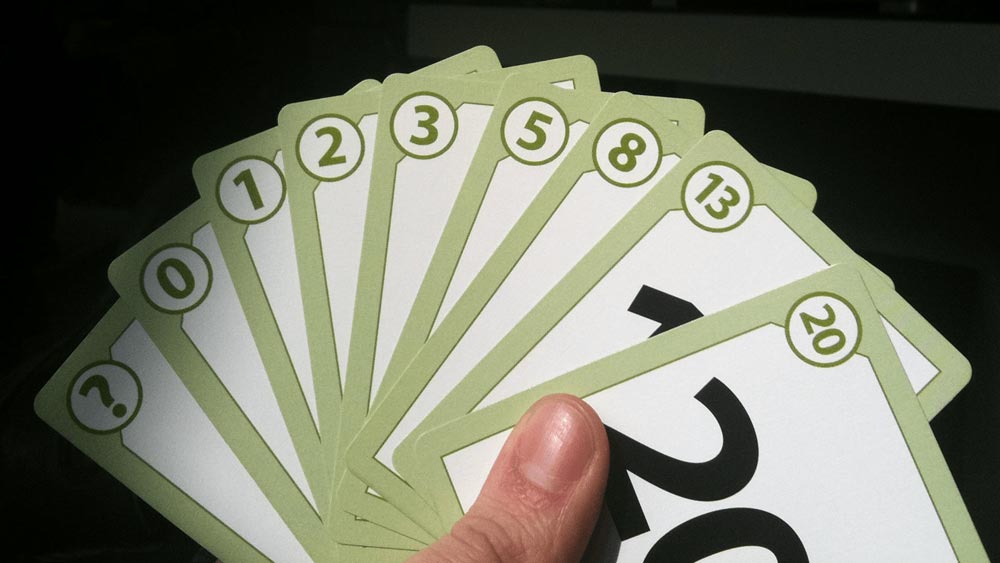Understanding consensus-based estimation: What Is Planning Poker and Poker Rules?
Who doesn’t love a good game of poker? It’s fun, interesting, even rewarding, and there are many different types to choose from. You can play 7-Card Stud, Texas Hold’em, 5-Card Draw and Omaha. Or you can take advantage of an Agile technique called Planning Poker and Poker rules. Wait what? What do Agile and Scrum have to do with poker? You’re about to find out. We’re about to explore the world of Planning Poker and its role within the Agile framework. And the good thing is you don’t even have to bet!
What is Planning Poker?
Before anyone gets too excited and starts buying poker chips, we should explain that this is not normal poker. Yes, these are maps (unless you use the app version), it’s actually a tool used to give teams flexibility in estimating and planning. You won’t find many royal cakes here.
Planning Poker, also known as “Scrum Poker”, is a consensus-based Agile planning and estimating technique used to evaluate the product backlog, guessing how much time and effort will be needed. to complete each outstanding initiative. It is called “Poker” because everyone uses physical cards that look like playing cards.
Story point estimate cards for each task or delay story are discussed. These poker tool cards are loosely assigned numerical values based on the Fibonacci sequence, where each consecutive number in a sequence is the sum of the previous two numbers (e.g., 0, 1, 1, 2, 3, 5, 8, 13, 21, 34).
How to “play” Planning Poker? Here are the Tips
Teams should hold a Poker tool session immediately after creating the initial product backlog. Depending on the size of the overall project, this process can take several days. Although this may seem time-consuming, it is an initial investment that will save time in the long run.
The Scrum Master, Product Owner, and Project Development Team “play” Planning Poker, and the Development Team is responsible for sizing the user stories. The Poker tool session begins with the customer or product owner reading an Agile-based user story or describing a desired feature to the team.
Each estimator has his or her own Planning Poker deck, the values of which represent some story point, ideal date, or any other unit the members have agreed upon. After the customer finishes reading, the estimator will discuss the presentation and ask the customer questions. as required. Once the group has thoroughly researched the topic, each estimator is discreetly chooses a card to represent his or her estimate.
Why is Planning Poker used in Agile?
Sure, the process seems strange and you might be wondering, “Of all the tools you could choose, why Plan Poker?” By using the Poker Engine process, software teams can define realistic and accurate deadlines, strategically plan the team’s workflow, and build consensus among team members Multifunction. Conventional wisdom tells us that the best way to handle a Herculean task is to divide it into subtasks and focus on one subtask at a time.
You repeat the process with each task until one is finished. When this happens, you’ve completed a major undertaking! Planning Poker allows team members to break a project into small parts to make it easier to estimate the time needed to complete each part.
List Out the Beneficial Factors of Planning Poker
We’ve highlighted how this Poker tool makes it easy to form consensus on multiple tasks of a project, ensuring an accurate assessment of the time needed to complete the entire project. While this is certainly the most valuable benefit, there are other side benefits as well.
Planning Poker helps team members estimate tasks related to each other. Sometimes it is difficult or impossible to estimate how long a task will take, especially if you have never done it before. However, the Poker engine gets you into the habit of evaluating tasks, so after “playing” the game for a while, you will build a set of tasks that can be used as a reference and a basis for comparison. compare in the future.
So even if you’ve never had to do a particular task before, you can still look back at past tasks and find a similar one, using it as a reference. Poker planning also helps team members predict how many people they will need to perform a certain task. This way, you will avoid extreme situations such as being understaffed or assigning too many people, leading to duplication of effort.





